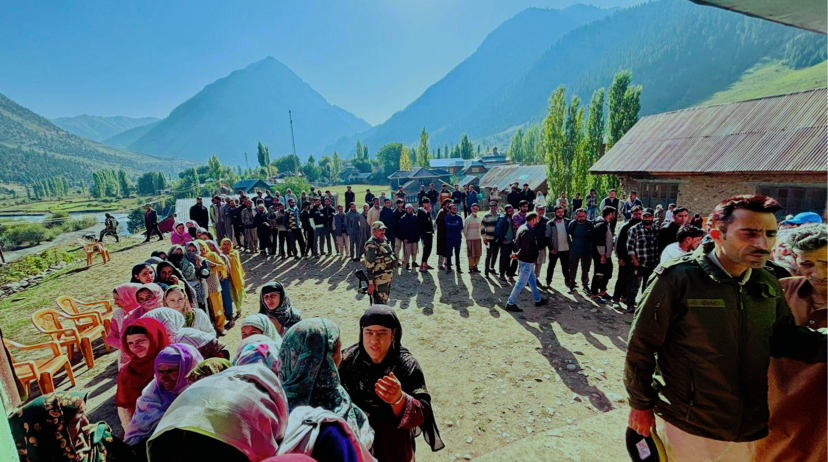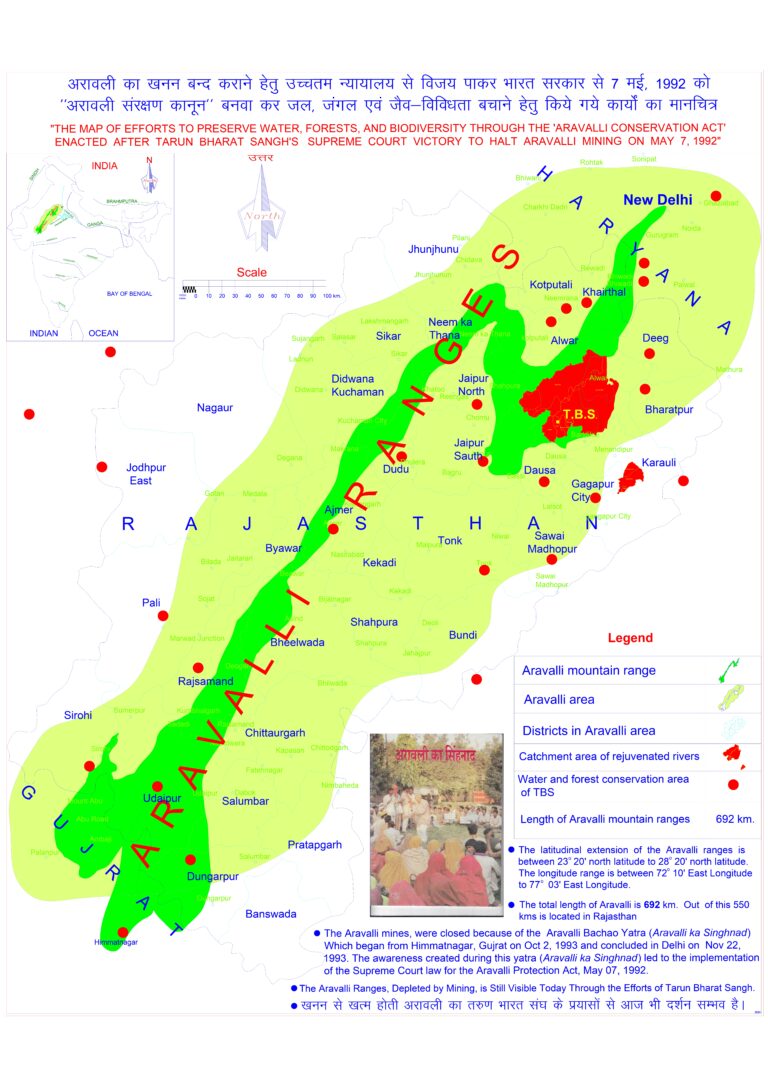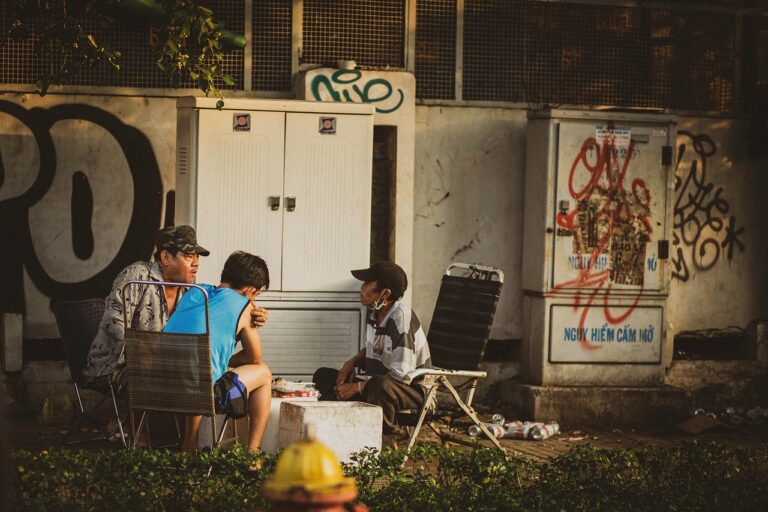
Photo source: Election Commission of India
Srinagar: The third and final phase of polling in Jammu and Kashmir (J&K) concluded this evening with a record turnout of 65.58 per cent recorded at 7 pm today, which is more than the earlier phases. In the first phase on September 18, 2024, voter turnout was recorded at 61 per cent, followed by 57 per cent in the second phase on September 26, 2024.
The overall voting in J&K beat Lok Sabha 2024 record and there were no repolls so far. In the final phase too, no major untoward incidents were reported today in 40 assembly constituencies, which went to polls.
These elections witnessed a significant increase in voter turnout in areas which have been infamous for militancy and boycotting democratic processes. The polling percentage has increased by 12.97% in Pulwama Assembly Constituency in the Legislative Assembly Elections 2024 compared to the corresponding elections held in 2014. Zainapora Assembly Constituency in Shopian saw a 9.52% increase while Eidgah AC in Srinagar registered a 9.16% increase, reflecting growing confidence in the electoral process.
Vigilance and seizures were fortified by the coordinated efforts of Enforcement agencies resulting in seizures worth 130 crores, the highest ever in the history of J&K elections and even surpassing Rs 100.94 crores done during Lok Sabha Elections 2024. The bulk of seizures included drugs worth Rs 110.45 crore.
Today, the Kashmir division had polling in 16, while Jammu province had 24 seats. This includes, significantly, seven constituencies along the Line of Control (LoC) and five at Pakistan’s international border.
With this, three-phased elections in the crucial state are completed. The counting of votes will be done on October 8, 2024.
During the month-long campaign, the Bharatiya Janata Party (BJP), the Congress Party- National Conference(NC) alliance, and the People Democratic Party (PDP) fiercely debated key issues such as Pakistan, Article 370, Terrorism, Statehood for J&K, Reservation, and Kashmiri pundits. Other regional outfits like the Jammu and Kashmir People’s Conference (JKPC), Jamaat-e-Islami, and Awami Ittehad Party ( AIP) were more focused on state issues.
Political observers feel that the third phase of polling is going to be very crucial for the BJP in particular. In the Jammu region, the BJP is vying for all 24 seats. The Congress Party is contesting for 19 seats and the remaining five are being contested by its ally National Conference. In the Kashmir division, there is a fierce fight between four regional parties for the 16 seats there.
All high-profile BJP leaders including Prime Minister Narendra Modi and other union ministers like Amit Shah, Rajnath Singh, and JP Nadda actively participated in the campaigning in J&K. The Congress Party was led by its president Mallikarjun Kharge, and senior leaders Rahul Gandhi and Priyanka Vadra. Former chief ministers of J&K, Farooq Abdullah, Omar Abdullah and Mehbooba Mufti were also on the ground for weeks campaigning actively for their respective political parties, the NC and the PDP.
Ever since the election campaign began in J&K, there were widespread speculations about what would be the fate of the Union Territory if no alliance or party got a majority. It was considered that one of the options could be the Presidential rule. After the final phase of the polling, the BJP is counting on a fragmented verdict to cobble the numbers through minor players. Political pundits feel that finally, the BJP may succeed in dividing the votes of all the regional and sub-regional outfits in the Valley.
Engineer Rashid could be the X factor who may emerge as a strong force in north Kashmir. Speculations are rife that the BJP may take the help of Rashid and his Awami Ittehad outfit. Political circles feel that the trend so far indicates that the Valley-based parties—National Conference and the Congress together may not get the majority while the PDP, which is strong in south Kashmir, is unlikely to get even 20 seats. Prime Minister Modi through his campaign targeted these three parties. Modi, the BJP’s star campaigner, repeatedly stated that the Union Territory status to J&K is temporary and only the BJP can restore its full statehood.
There are speculations that Engineer Rashid may fizzle out at the last minute in the face of a resurgence of NC and JKPC led by Abdul Ghani Lone. However, ever since his win in the Lok Sabha polls, Rashid’s political graph has shown that he is a real fighter for Kashmir’s cause. Rashid’s continuing, over five-year incarceration in Tihar Jail, is adding as a major plus point. So the impact of Rashid could be a major factor.
The NC, PC and PDP parties claim that Rashid had been unleashed on the Assembly battleground as part of BJP’s strategy to divide votes in the Valley to dent the mainstream parties. This has made the voters too question why was Rashid released for 22 days to campaign when he had not been allowed to attend the Parliament.
The PDP, which had, in the past, a sizeable presence in south Kashmir, is struggling, and could either be eliminated in the polls or would have a marginal presence. The Jamaat-e-Islami’s nominees are mostly contesting as Independents. The question that arises is how can those affiliated with a banned organisation, participate in an election and thus become the decisive force?
The elections in Kashmir have always been very complex. Virtually every time, there were allegations of large-scale rigging, and on most occasions, the people have boycotted the polls on the call of either the separatists or some other force. The voter turnout was always low and those who won were declared elected with less percentage of votes cast in their favour. Things changed for good this time though.
*Senior journalist





